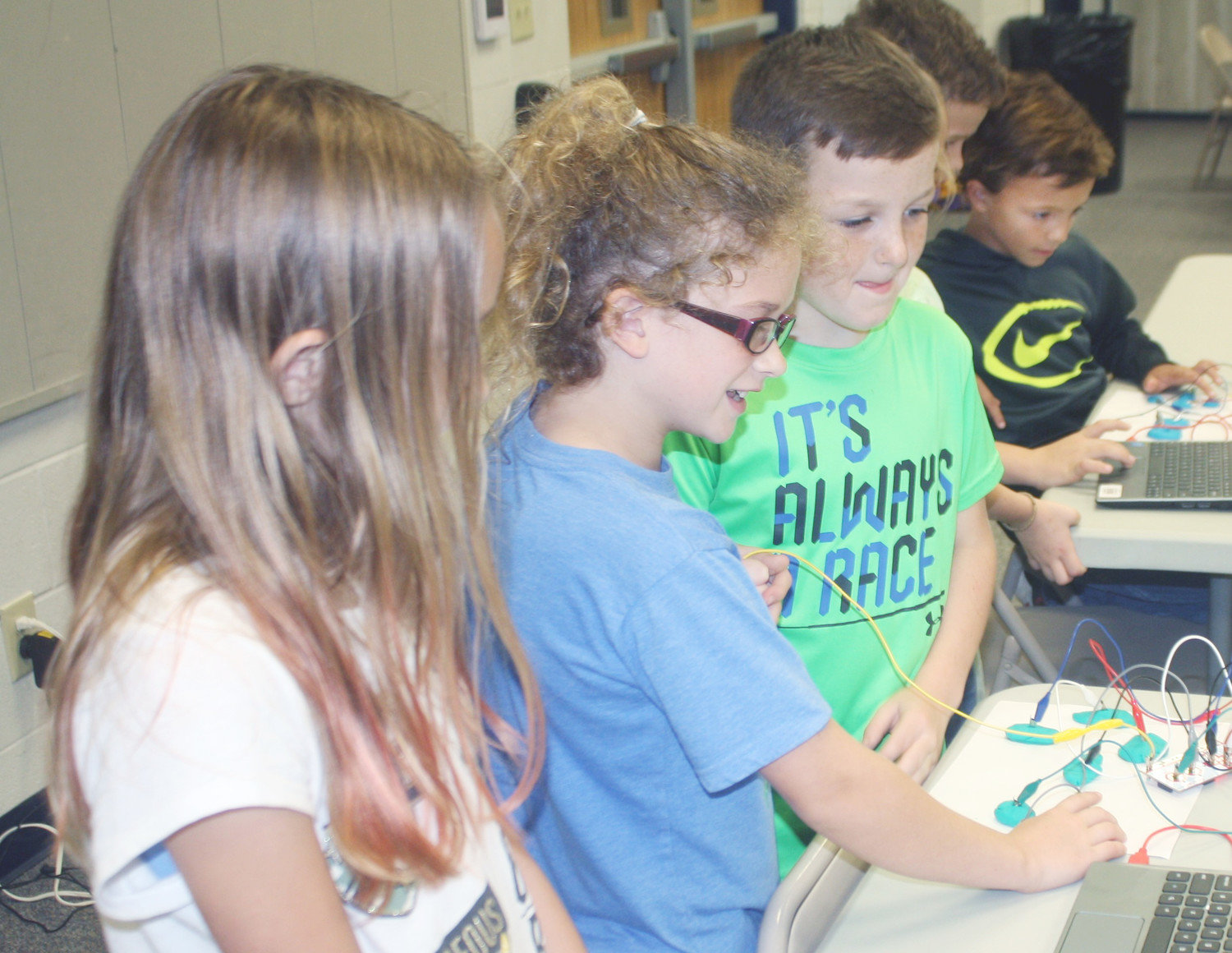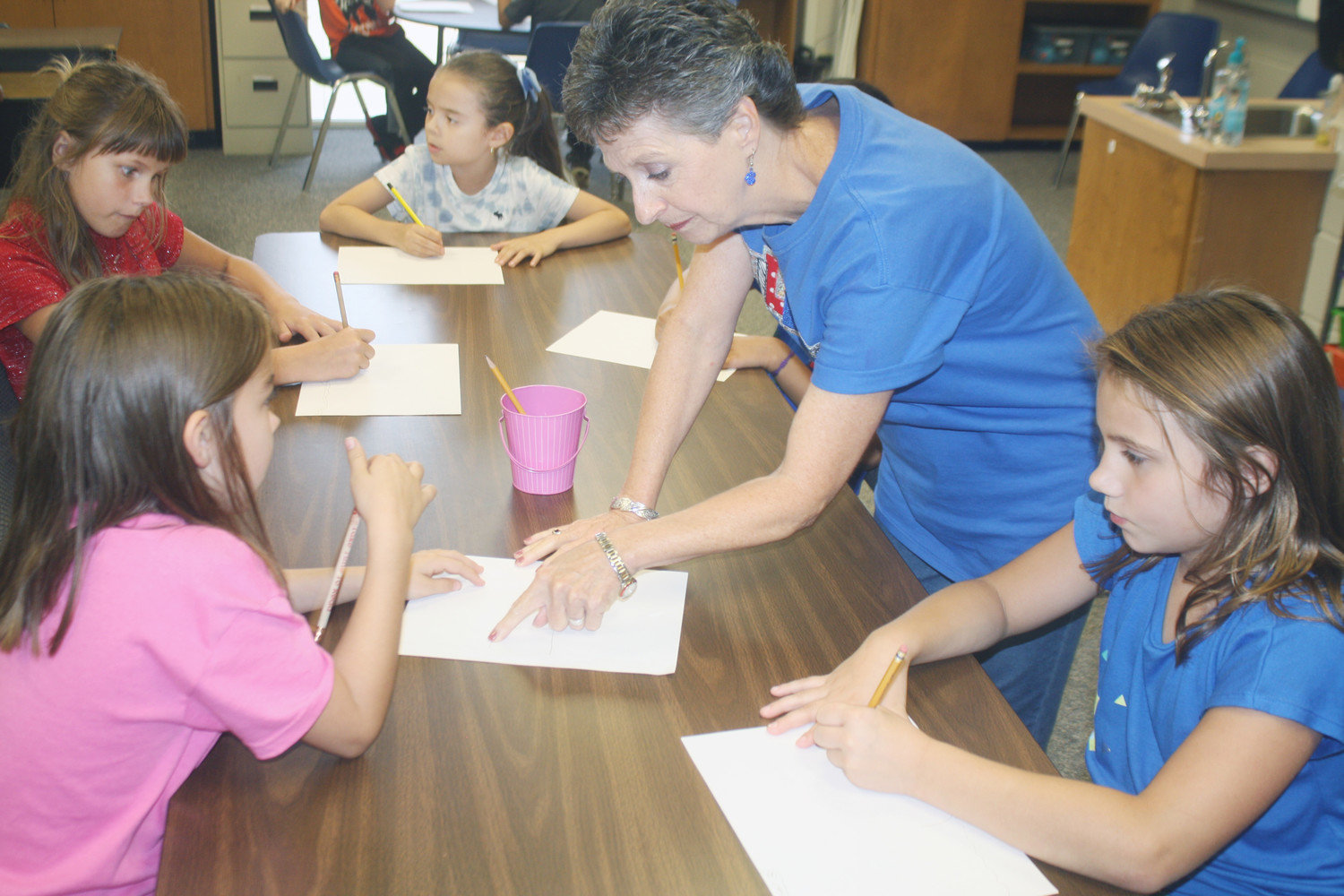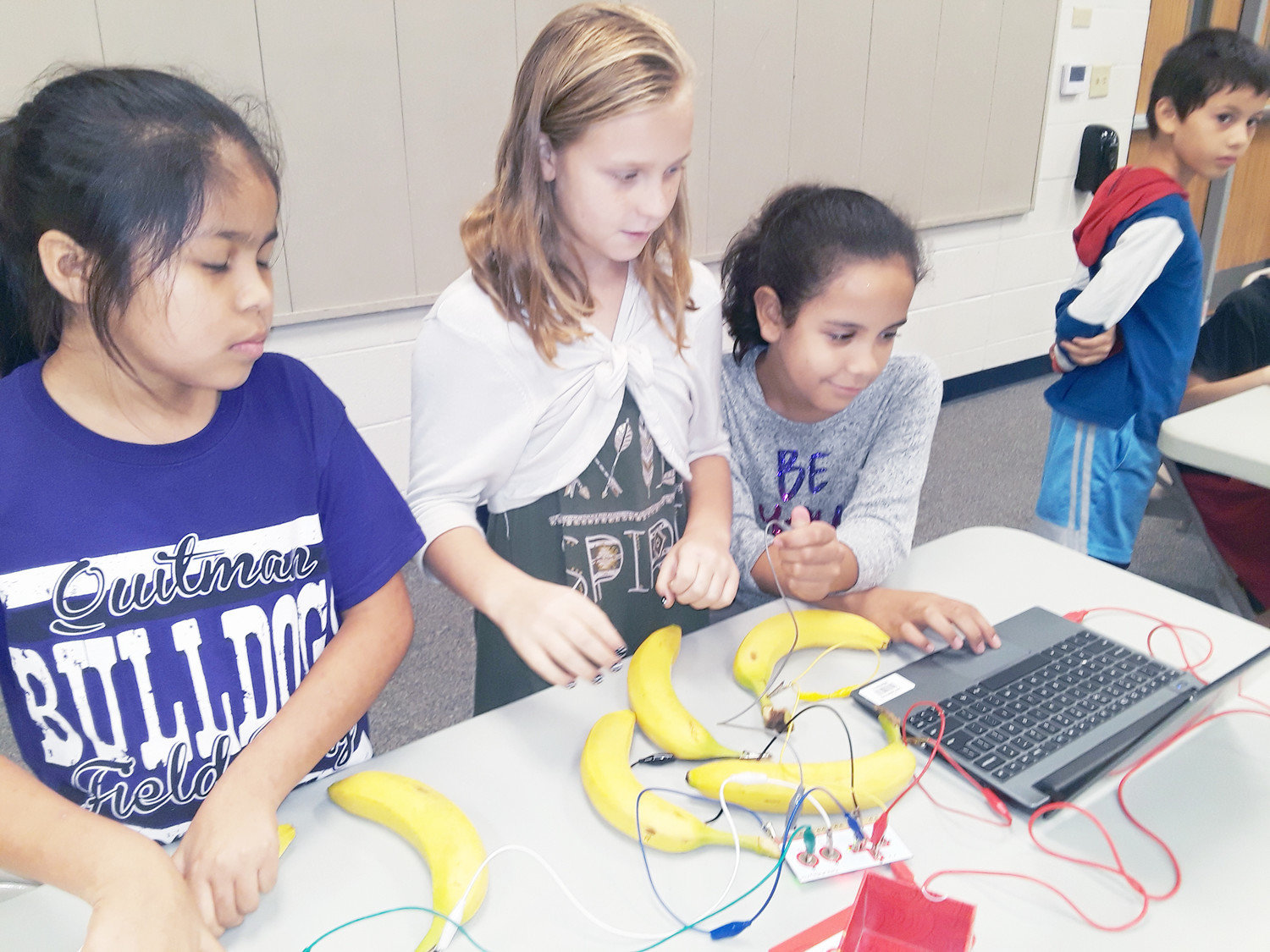Hands-on learning
Quitman elementary uses new tech labs to prepare for HS, beyond
news@woodcountymonitor.com
For the last three years, teachers at Quitman Elementary School have used an extra conference period on Fridays for professional development.
A new program has students capitalizing on that …
This item is available in full to subscribers.
Attention subscribers
To continue reading, you will need to either log in to your subscriber account, or purchase a new subscription.
If you are a current print subscriber, you can set up a free website account and connect your subscription to it by clicking here.
If you are a digital subscriber with an active, online-only subscription then you already have an account here. Just reset your password if you've not yet logged in to your account on this new site.
Otherwise, click here to view your options for subscribing.
Please log in to continueNeed an account?
|
Hands-on learning
Quitman elementary uses new tech labs to prepare for HS, beyond



news@woodcountymonitor.com
For the last three years, teachers at Quitman Elementary School have used an extra conference period on Fridays for professional development.
A new program has students capitalizing on that conference period to learn problem solving, coding, engineering and robotics.
Instructional coach Whitney Crutcher has revamped the Fab Friday program this year and has created curriculum center around a makerspace – educational jargon to describe a place for people to collaboratively make, learn and share ideas through technology or without inside an educational facility.
“It’s called Fab Friday because we think it’s fabulous for teachers and fabulous for kids,” Crutcher said. “The teachers get a chance to really dive into data and be better teachers and the kids get exposure to something that’s much more different than a normal classroom.”
Coding, robotics and engineering fall under the category of makerspace. Students rotate between each of the subjects every Friday.
With the engineering process, students learn to build prototypes to solve a problem. With curriculum from www.code.org, students learn the fundamentals of writing computer code, learning how everyday technology works. In robotics, they use a variety of robots to reinforce coding while learning problem-solving skills.
“With robotics, they have tasks to carry out with the robots, but they may work with the same robot for three or four months, but they are learning a little bit more each time,” she said. “And with the engineering lab, the first time they come in they may just ask, imagine and plan with their group and then the next couple of times they may build and improve and then share. It’s kind of broken up, but they’re able to finish a cycle of a project.”
Students also have non-technology based exercises to build projects with wooden blocks – they call the projects rigamajig and contraptions.
As an instructional coach, Crutcher provides professional development to teachers and coaches them in their teaching. She trains new teachers and spends her week in classrooms daily.
A group of teachers lead the rotating labs every Friday.
“The most important thing I need to say is I haven’t done it by myself and I couldn’t have done it by myself,” she said. “The teachers that we have that are coming and running these labs on Fridays, it would not happen and be successful the way that it is without them.”
Lessons
Overall, the elementary youngsters are able to practice problem solving to move forward in their education and future careers.
“I want them to take away from it that if someone doesn’t give you the answer to something, there’s a way to be a good problem solver. I also want to instill in them an interest in coding and robotics. I want them to know that they have the ability to think through a problem and find a solution without it being at their finger tips,” Crutcher said. “This lab is opportunity for them to explore and problem solve whenever the answer’s not evident.”
The K-through-5 kids will be able to move to junior high and high school robotics.
David Cross, applied engineering and robotics high school teacher, works with high school students on more complex tasks, such as 3D printing, to prepare them for the university level and careers.
Cross’s students produce nuts, bolts and machinery to build materials for robots on Onshape, a program on their Google chromebooks, and print it on the 3D printer.
“These students are digital natives. We cater to that because there’s more to computers than Facebook and Instagram,” Cross said. “It’s a growing industry and we have to keep up with it in a public school.”
He said starting in the elementary allows kids to practice basic creativity.
Since the high school has new printers, Cross is preparing to donate older, smaller 3D printers to the elementary campus.
Crutcher hopes to implement 3D printing and go further into the subjects in the future.
“I’m hoping that this spurs a lot of interest of going into a classroom and having them choose this to be a part of their elective,” she said. “I want to dive deeper to where our projects are not only using the engineering and design process, but also teaching a specific type of engineering. I want to get the kids writing code and sharing it with kids across the United States that also use code.org. With robotics, I want the kids to love it so much that those of the types of toys they ask for at Christmas.”
Crutcher said the new program has been well-received by both the students and teachers.
“The teachers got really excited about it whenever we came back to school during in-service and I was able to demo all of things the kids would be doing. It’s something that the kids to look forward to,” she said. “And even our kids who really struggle with controlling their own behavior, in an environment like this, where they have the ability to create and freedom of choice, we find that we don’t have discipline issues.”
These labs give a foundation for a student’s career path. According to the National Center for Education Statistics, there are 527,169 computer science job openings with only 59,581 graduates out there.
“I think by the time this generation of kids ends up the age to where they’re applying for jobs I think there’s no way for us to know what’s going to be out there for them because technology is changing faster than we can even imagine,” Crutcher said. “But we do know coding is going to be around. A kid with that type of knowledge can go into a lot of different fields.”
Science and math are not the only fields students can pursue after the labs. These activities also teach valuable communication skills and working in groups.
“They’re using cooperative learning and improving social skills, which are the things employers are saying that kids struggle with because of the reliance on communicating without talking. I think that’s real life skills that they need because they communicate most of time without talking to each other through text, Snapchat and social media,” she said.
Origins
Crutcher has been at Quitman two years, coming here from Martha and Josh Morriss Mathematics and Engineering Elementary School in Texarkana. There, regular instruction stopped at 2 p.m. so students could work on engineering.
“So I learned that solving problems and building prototypes is something that a kid as young as five years old can do,” she said. “And that’s how I learned how to implement the engineering and design process with K-5.”
She learned about coding and robotics by attending science, technology, engineering and math (STEM) conferences. Then, she spent time over the summer adjusting ideas to fit Quitman Elementary.
She received a grant from the Retired Teachers of Wood County to start the labs.
“As far writing what we have for curriculum, it was just a ton of research,” Crutcher said. “Makerspace is one of the hottest buzz words in education so it’s not hard to find ideas out there. The hardest part is figuring out how to implement them and do it on a budget.”








